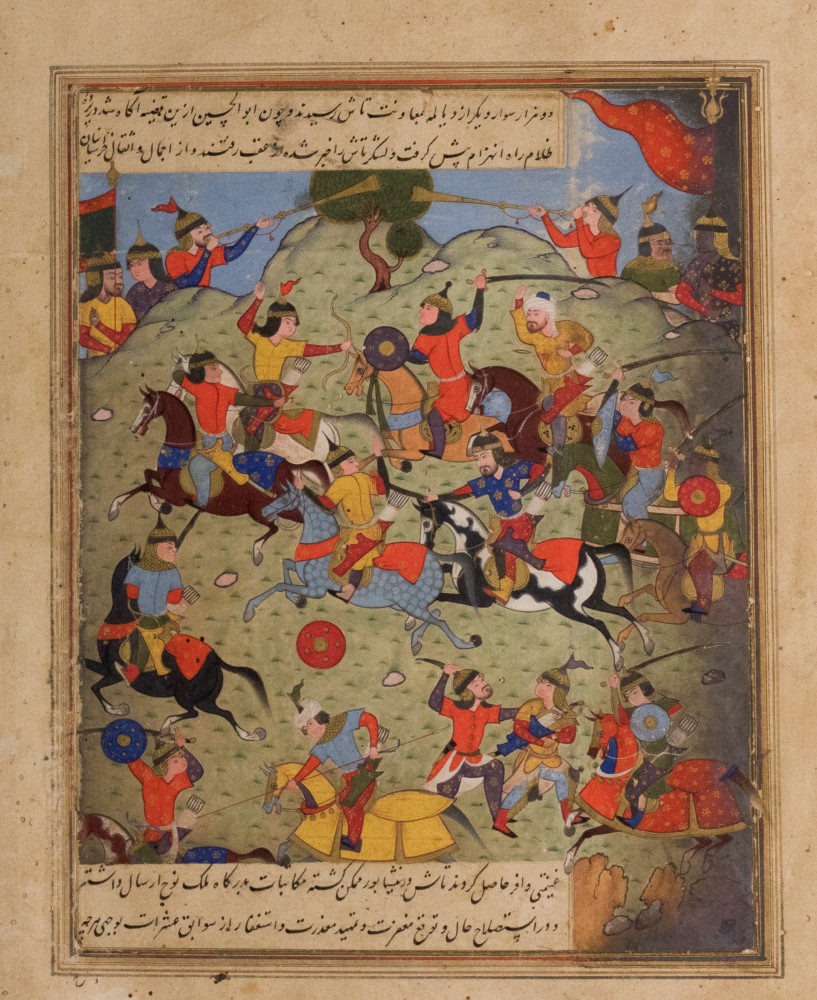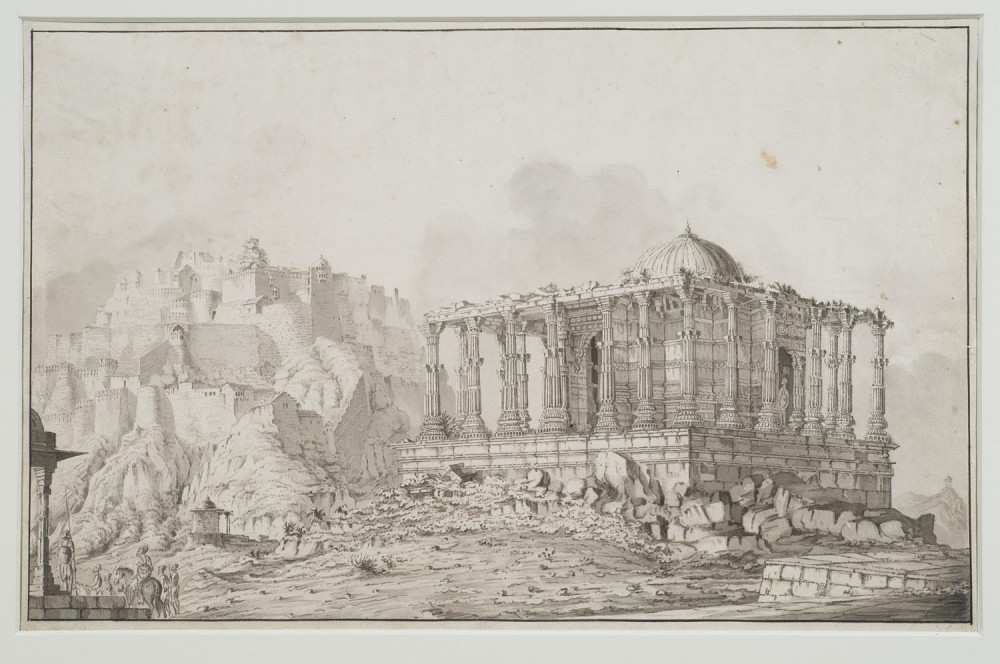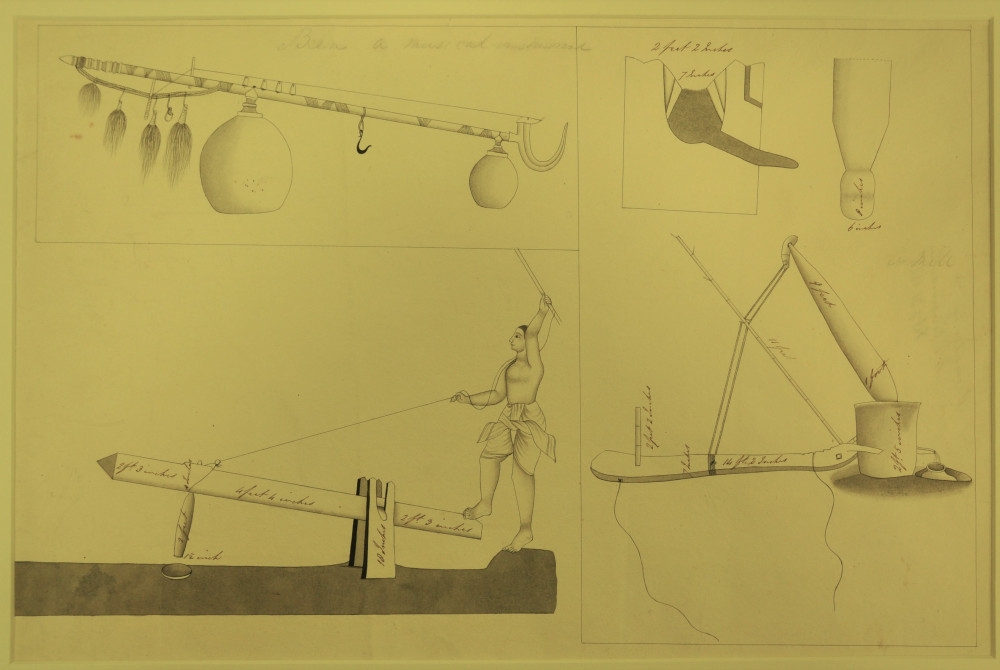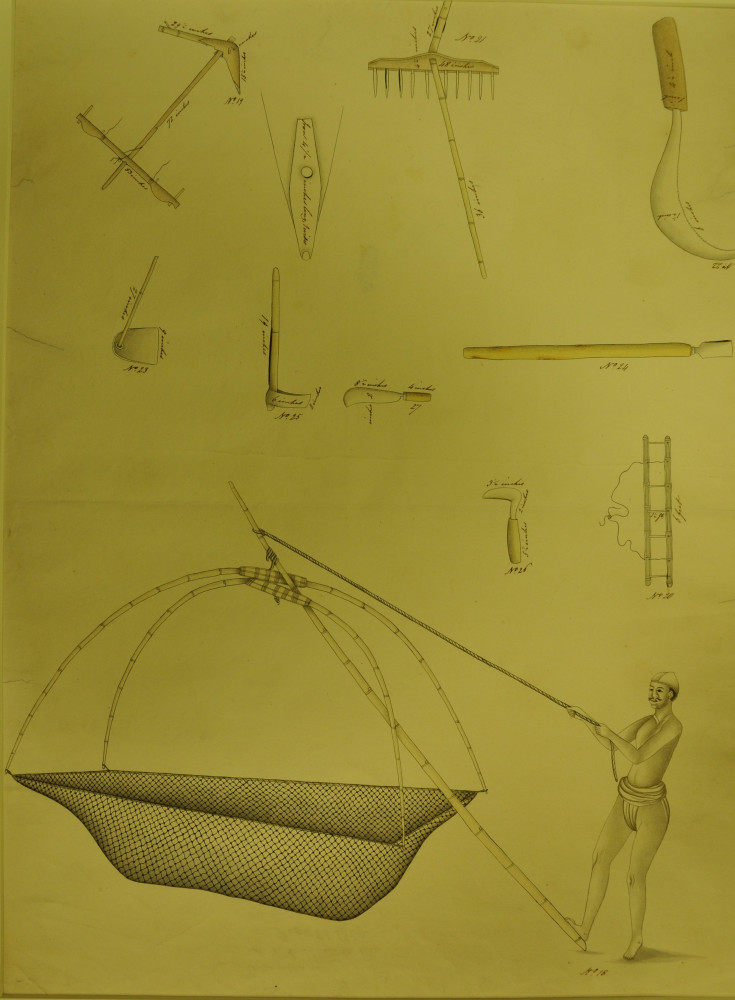More RAS Manuscripts Now Online
While the Society’s building has been closed for the last few months, we have been looking for ways to continue making collections and other interesting content available to our members and wider audiences. This has been made a bit easier by the fact that, over the past few years, the Society has digitized some significant parts of its collection; and much of this content is now freely available online via our Digital Library.
Last week, we were delighted to be able to add several new manuscripts to the Digital Library: four from the James Tod Collection of Indian manuscripts, and one manuscript from our Persian collection.

The Persian manuscript (RAS Persian 38) is a copy of volume four of Rawżat aṣ-ṣafā, a Persian-language history of early Islam and Persian history by Mīr-Khvānd. This copy was completed towards the end of the sixteenth century AD, and contains several beautiful miniature paintings to complement the text. We are pleased that this important manuscript can now be viewed online in its entirety, alongside several other of our Persian manuscripts.
The newly-available manuscripts from the Tod Collection include historical and genealogical works about significant Rajput dynasties, and official documents copied at Tod’s request, as well as poetic works from the Jain tradition. Most of these manuscripts are in Rajasthani. Tod acquired the manuscripts during his time in Rajasthan in the early nineteenth century, where he served as Political Agent for the East India Company. Manuscripts like these, along with many others, helped inform Tod’s major work, Annals and Antiquities of Rajasthan, published in two volumes between 1829 and 1832. Issuing a new edition of this work, with the benefit of the new sources and perspectives available to modern scholarship, is one of the Society’s chief objectives as we approach our 2023 bicentenary celebrations.

A previous blog post outlining that exciting project is available here. That post is written in the “voice” of Henry Colebrooke (1765-1837), who founded this Society in 1823. Colebrooke was then the foremost Sanskrit scholar in Europe, at a time when European knowledge about Indian intellectual traditions was developing somewhat more rapidly than it had hitherto. Colebrooke was an important figure in that process, and he was interested not only in Indian religion and philosophy, but also in the history of Indian mathematics and astronomy; as well as diverse other subjects, from political economy to botany and agriculture.
It was Colebrooke’s birthday this week, on 15 June, an event we commemorated on social media with a series of posts highlighting Colebrooke’s legacy. One surprising facet of his life is that Colebrooke was a key figure in not one, but two “RAS’s”: because, while he was the founder and first Director of this Society, he was also the second President of the Royal Astronomical Society, succeeding Sir William Herschel and serving between 1823 and 1825. A recent article acknowledging Colebrooke’s role in the history of the Royal Astronomical Society was published in its journal: https://academic.oup.com/astrogeo/article/59/4/4.13/5057206
Colebrooke is also a central figure in my own recent essay regarding the Society’s early approach to the study of systems of religion and morality encountered by British people in Asia. That essay is available here: http://www.sino-platonic.org/complete/spp298_religion_morality_royal_asiatic_society.pdf
Colebrooke’s extensive collection of Indian manuscripts is held by the British Library. The Society has a collection of books published by Colebrooke, as well as letters to the botanist Nathaniel Wallich, some of which pertain to the activities of the Royal Botanic Gardens in Calcutta. Colebrooke’s first book was The Agriculture and Commerce of Bengal (1792), and in fact he donated to this Society a collection of drawings by Indian artists, pertaining to agriculture and the material culture of everyday life, which may have been commissioned in preparation for an envisaged second edition.


In other news, readers may be interested to learn of an exciting new project dedicated to the history of Chinese private letter hongs. This website is devoted to the long history of letter exchange and letter writing by Chinese people, focusing on the period between the early nineteenth and early twentieth centuries. The efficient operation of private letter hongs was noted by British observers in the nineteenth century including Sir George Thomas Staunton, Herbert A. Giles, and Sir Robert Hart, who founded the Great Qing Imperial Postal Service. Visit the site to see many original letters and learn more about this fascinating aspect of China’s communication history.
